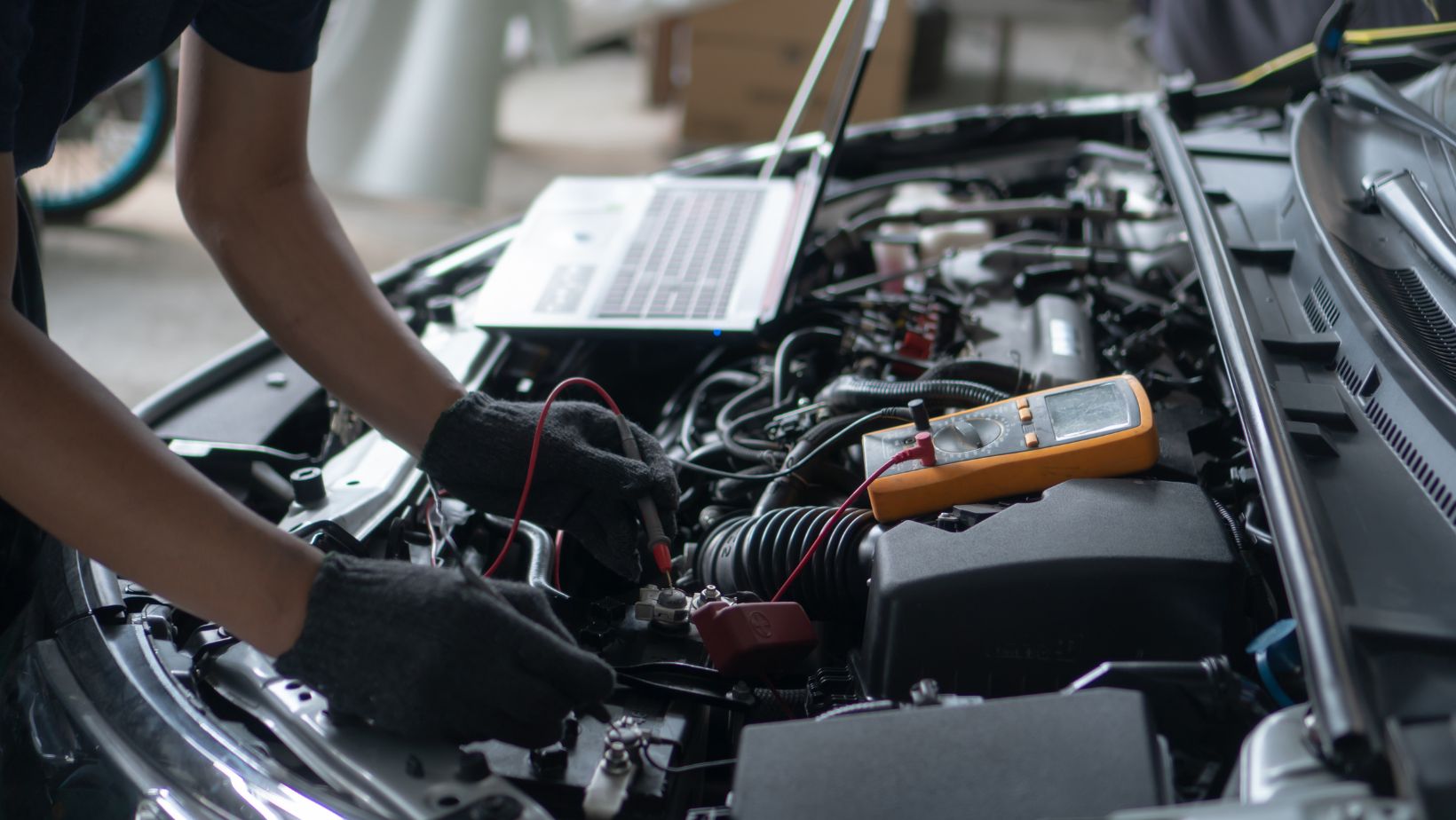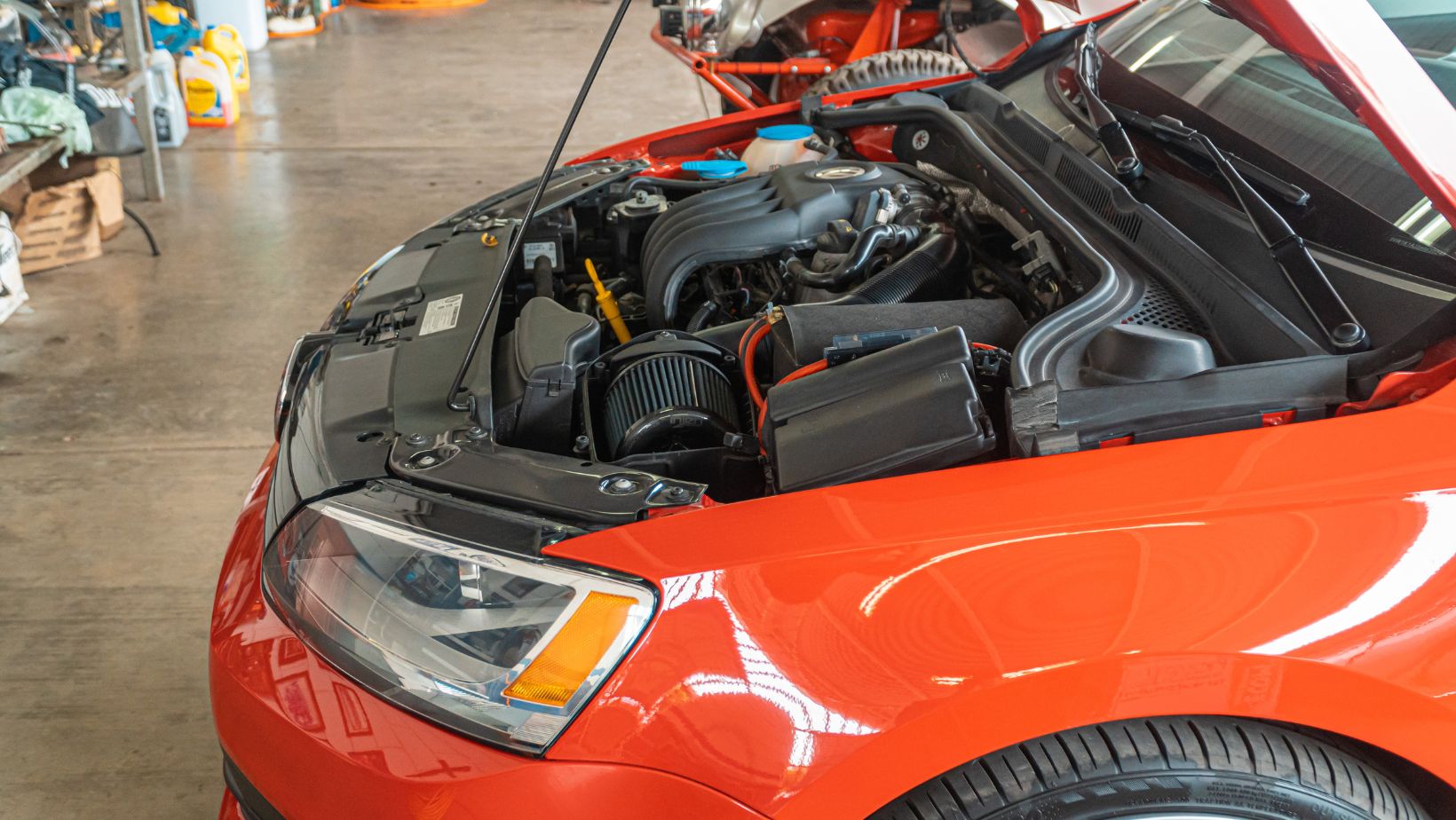
Whether it’s the door seals, window seals, trunk seals, or any other type of seal on your vehicle, professional repair technicians have the expertise to restore them to their optimal condition. By addressing issues such as cracks, tears, or deterioration promptly, you can prevent further damage and ensure a tight seal that enhances both comfort and safety.
Car Seals Repair
When it comes to car seals, there are various types that play a crucial role in maintaining the integrity and functionality of your vehicle. Understanding these different types can help you identify potential issues and address them promptly. In this section, we’ll explore how to identify car seal leaks, understand the causes of car seal wear, and recognize common symptoms of failing car seals.
How to Identify Car Seal Leaks
Car seal leaks can be a frustrating problem that not only compromises the performance of your vehicle but also poses safety risks. Identifying these leaks early on is essential for preventing further damage. Here are some signs to watch out for:
- Visible Fluid Leaks: If you notice puddles or stains underneath your parked car, it could indicate a leak in one of the seals. Keep an eye out for fluids with distinct colors like green (coolant), brown/black (engine oil), or red/pink (transmission fluid).
- Unusual Odors: A strong odor inside the cabin could be a sign of leaking seals. For example, a sweet smell may indicate coolant leakage while a burning smell might suggest an oil leak.
- Loss of Fluid Levels: Regularly check the fluid levels in your vehicle, such as coolant, engine oil, power steering fluid, and brake fluid. Sudden drops in these levels without any visible leaks could point toward seal-related issues.

How to Diagnose Car Seal Problems
When it comes to car seals repair, diagnosing the problem is the first step towards finding a solution. Here are some tips on how to effectively diagnose car seal problems:
- Visual Inspection: Start by visually inspecting the car seals for any signs of damage or wear. Look for cracks, tears, or gaps in the seals that could be causing leaks or allowing unwanted air or moisture into the vehicle.
- Water Test: One way to check if your car seals are properly sealed is by conducting a water test. Thoroughly wash your vehicle and pay close attention to areas where water may seep through, such as doors, windows, and sunroofs. If you notice any water intrusion inside the vehicle after the test, it could indicate a problem with the seals.
- Listen for Unusual Noises: Pay attention to any unusual noises coming from around your car’s doors and windows while driving. Squeaking or whistling sounds can be an indication of worn-out or damaged seals that need repair.
- Air Leaks: Another way to diagnose seal problems is by checking for air leaks inside the vehicle cabin. Close all doors and windows tightly and turn on the air conditioning system. If you feel cold air entering from somewhere other than the vents, it could suggest faulty seals that need attention.
- Moisture Build-up: Excessive condensation or moisture build-up on your car’s interior surfaces can be a sign of seal issues as well. Check if there are damp spots on carpets, seats, or door panels that might indicate water penetration due to faulty seals.
Remember, if you suspect any problems with your car seals, it’s important to consult a professional mechanic who specializes in car seal repairs for accurate diagnosis and proper repairs.
In conclusion,
Diagnosing car seal problems requires thorough observation and careful examination of visual cues like damage signs and unusual noises. Conducting simple tests like a water test or checking for air leaks and moisture build-up can further help pinpoint the problem areas. When in doubt, always seek the expertise of a professional to ensure your car seals are repaired promptly and effectively.







































